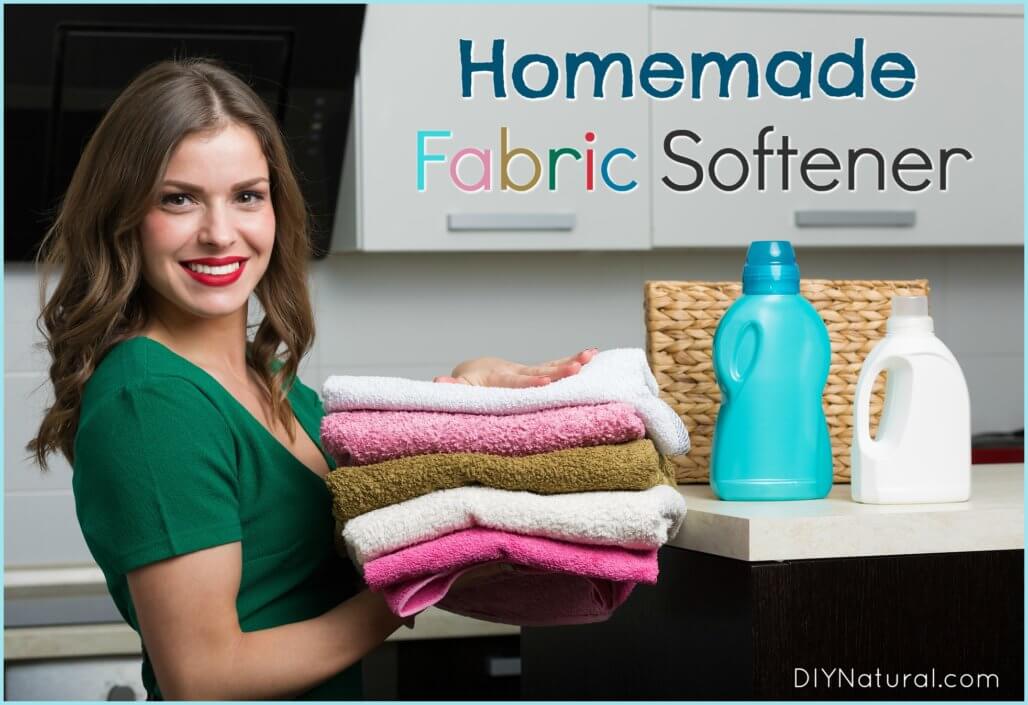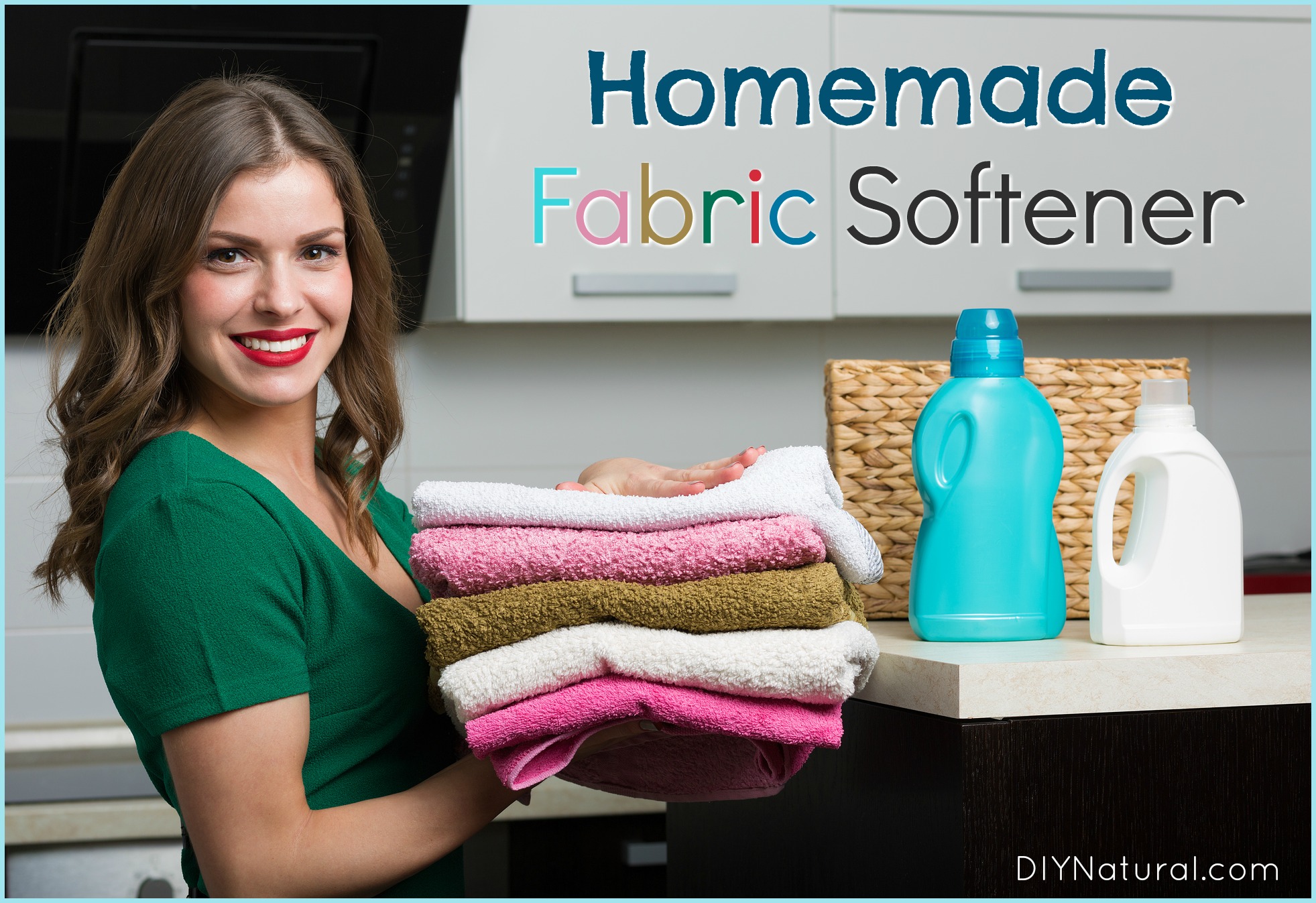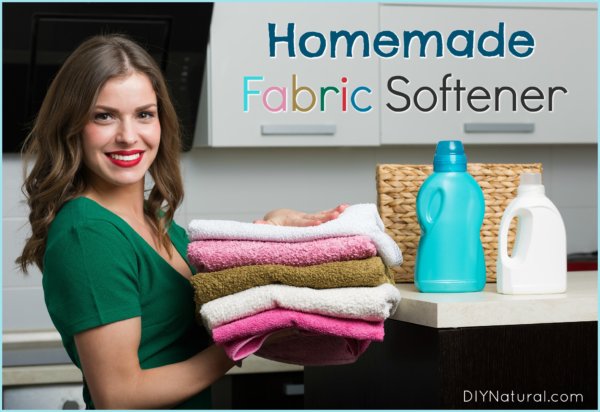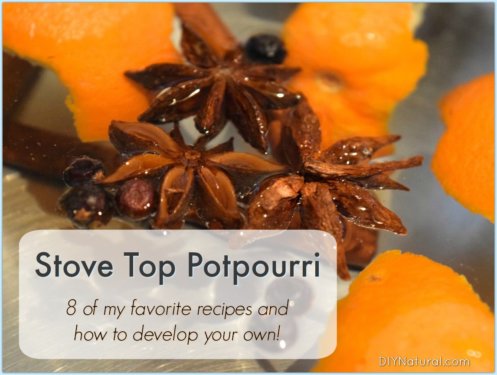
This DIY fabric softener recipe is simple and makes for a great beginner DIY project. Whether you’re new to DIY, or a seasoned pro, you’ll love this recipe!
I love the smell of laundry dried on a clothesline, but it always leaves my clothes and towels stiff and scratchy. I usually end up putting them in the dryer for a few minutes just to fluff them up… until I came up with this recipe!
DIY Fabric Softener Recipe
This DIY fabric softener is by far one of the easiest DIY projects you'll make. Save an old fabric softener or detergent bottle to make the measuring easier.
Ingredients
- ½ gallon Cleaning Vinegar, 20-30% acid (find it here)
- ½ gallon distilled or filtered water (find the best water filtration systems here)
- ¼ cup 91% rubbing alcohol or grain alcohol
- 50 drops of essential oil (find pure, organic essential oils here)
- optional, 2 Tablespoons Polysorbate 80 (find it here)
Instructions
- Pour vinegar into a gallon container (like and old vinegar bottle).
- Now add the alcohol and mix well.
- Next, add the essential oil and mix well.
- Add the optional Polysorbate 80 and mix well.
- Top off the gallon container with water and mix well.
When it's thoroughly mixed, you should not see oils floating on the top. Use as you would any other fabric softener, at about ¼ to ½ cup per load.
Enjoy your DIY fabric softener!
Notes
If omitting the Polysorbate 80, be sure to shake fabric softener well before each use.
Note: if you haven’t already, you should also try making our simple homemade laundry detergent!
Ingredients for DIY Fabric Softener
Each ingredient in this DIY fabric softener recipe serves a certain purpose:
Cleaning Vinegar
Unscented cleaning vinegar is more acidic than regular distilled vinegar. That’s not to say there won’t be any scent, it just won’t have that sharp vinegar smell. The stronger acid won’t harm your clothes; in fact, it helps to protect them by breaking down any residual grease and cutting any soap residue left behind.
Distilled Water
Tap water and well water often contain minerals and metals that can discolor your laundry over time. I use distilled water, but you can also use filtered, reverse osmosis, or even rainwater.
Rubbing Alcohol or Grain Alcohol
Just a bit is used in this recipe to help break up the essential oils and keep them in smaller amounts. This helps to distribute them evenly throughout the bottle.
Essential Oils
Essential oils are used for a number of reasons. The first purpose is to add a natural scent. Many fragrance oils contain petroleum products and that is one reason I make my own products – to stay away from synthetics. Secondly, many essential oils contain antibacterial compounds, which can help break down stains and odors in the laundry. Finally, you can customize your fabric softener to be soothing, calming, or even energizing by using different essential oil blends.
Polysorbate 80
This is a synthetic product but made from natural ingredients. It is a lightly colored, viscous liquid that’s made from sorbitan (chemical compounds derived from the dehydration of sugar alcohol) and oleic acid, a fatty acid found in animal and vegetable fats. (Think aspirin as opposed to white willow bark. One is natural, the other is a synthetic made from the natural ingredients.)
The main reason I use Poly 80 in my DIY fabric softener recipe is to keep the oil in suspension in the water. If you’ve ever used micellar water, you know the water has a very different feel to it. This is because the oil droplets, or micelles, are kept suspended in the water. So the alcohol will break up the oils, whereas the Poly 80 keeps them broken up. You can omit this ingredient if you wish – just be sure to shake the bottle before each use.
Which Essential Oils to Use
I give my DIY fabric softener a tropical scent with sweet orange or tangerine essential oil, and ylang ylang essential oil. I love the combination of the two, but you can use most any oils you prefer.
Citrus oils are always good. Lavender can help relax you, while eucalyptus can help ease congested sinuses. Cedarwood is good for keeping moths out of your closet, and grapefruit just makes me happy.
*Find the pure, therapeutic grade essential oils that DIY Natural uses and recommends here.
Note: Your clothes will come out with a light scent, not strong. Keep in mind that commercial fabric softeners leave a strong, lasting odor on clothes because they contain synthetic fragrances.
Want to see more fabric softener options? Check out these other articles:
- Naturally Scented Homemade Laundry Booster Crystals
- Homemade Fabric Softener and Homemade Dryer Sheets
*******





can you use apple cider vinegar
I’m very interested to try this. I use wool dryer balls and they work but not perfectly! 🙂
Is it possible to use regular white vinegar? I can’t get the cleaning one where I live (in Africa, and ordering online is not an option!)
This would cost about $15 a gallon!
Sorry, Dennis, the 20-30% vinegar is a typo. It should have been 6% acid, which is much cheaper.
Unfortunately, 20-30% cleaning vinegar is NEVER organic, nor made from grain, it is ALWAYS made from petroleum. So, basically, you are rising your clothing in petroleum. Not good. If you CAN find organic grain made 20-30% vinegar, PLEASE let me know, as I have tried without success!
Sorry, Carol, that was a typo. It should have been 6% acid, which can be found in organic and is available in most grocery or big box stores. You can also get it online.
Missing a few things that are important……when to put it in with your clothes (since my washer is not i the house I hope it is with the wash) and how long is the shelf life of the product? Is it septic tank friendly? Thanks for the recipe. Hope to hear the answer to these questions soon.
Hi Sandi! Sorry, I didn’t think of that. You put it in the fabric softener compartment, and that releases at the right time. If you don’t have one on your washer, you can either wait and put it in the rinse cycle or get a softener ball. You put the softener in and it releases in this rinse through centrifugal force. You can put it in the rinse cycle, but it won’t work nearly as well. The shelf life in indefinite. If it’s a while between washes, just shake it well before using. And yes, there is nothing harmful for septic tanks or pipes. Hope this helps!